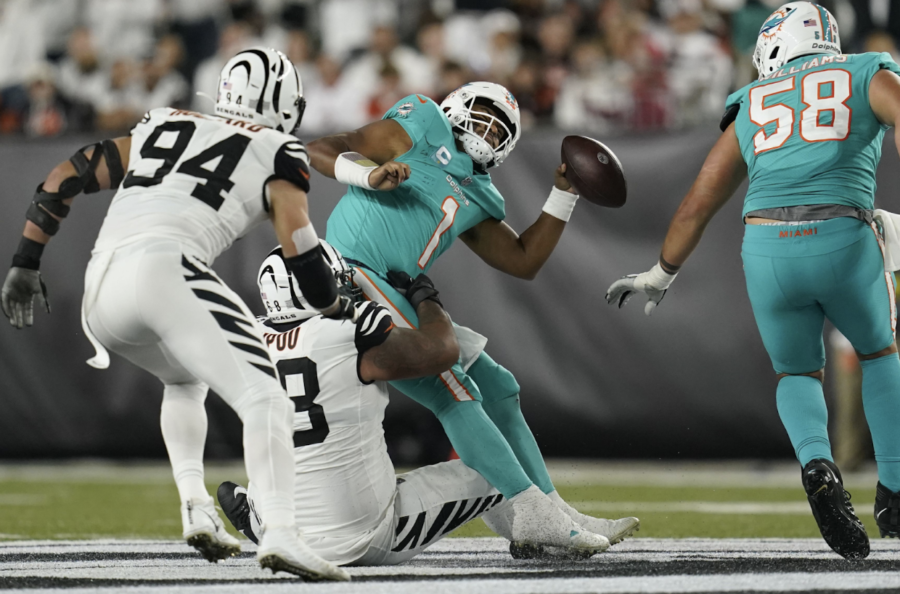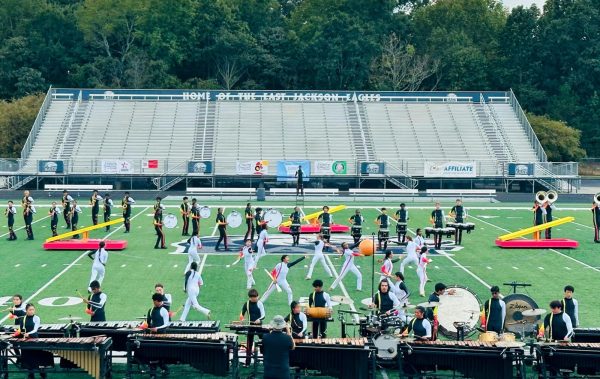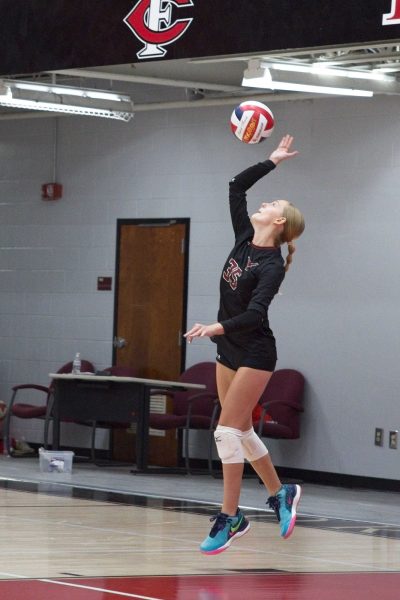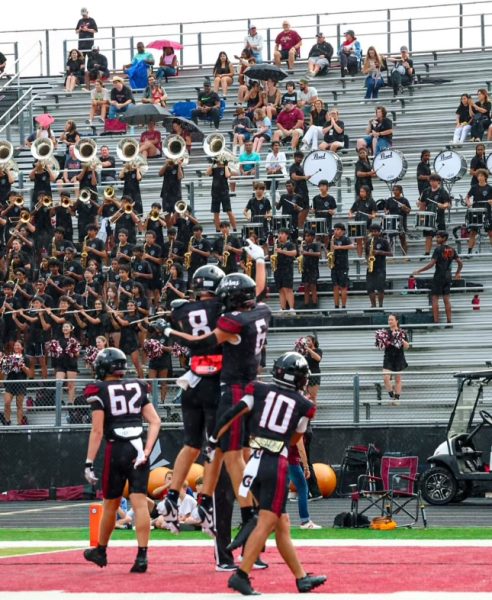What is the NFL Doing About Injuries?
All athletes know that sports have a high risk of injury. Football players everywhere are fighting injury reports and physical therapy visits constantly. Injuries vary in severity, which can cause a player to miss a few weeks for a minor injury, but some can face the trauma that forces them to retire.
Recently, Miami Dolphins quarterback Tua Tagovailoa suffered a concussion and was carted out of the stadium during a week four matchup against the Cincinnati Bengals. Tagovailoa’s injury drew extra attention due to his back injury against the Buffalo Bills a week before. Despite his condition, Tagovailoa was cleared to play in the next game.
Concussions can be extremely dangerous, causing symptoms such as headaches or memory loss. Even after players retire, former football players can experience chronic traumatic encephalopathy (CTE), a form of brain damage that can become a factor in mental issues or an early death, as in the case of the late Broncos wide receiver Demaryius Thomas.
The National Football League (NFL) and National Football League Players Association (NFLPA) responded to the incident by amending their concussion protocols to make the games safer for players by “closing the loophole on gross motor instability”. However, concussions are still an inevitable aspect of football as evidenced by Teddy Bridgewater and Nyhiem Hines in week 5 of entering the new concussion protocol.
“You always need to be aware of what you’re doing,” Lambert sophomore and junior varsity defensive lineman Hieuminh Pham said. “Being scared sends you down the wrong path.”
Hieuminh’s point is applicable to all athletes. Even during high-intensity moments, having confidence in your coach, teammates, medical staff, and, most importantly, yourself is essential.
Safety should always be the first priority in athletics. Amendments to regulations should be revisited in order to prevent possibly life-altering injuries.
Your donation will help support The Lambert Post, Lambert High Schools student-run newspaper! Your contribution will allow us to purchase equipment and cover website hosting costs.












